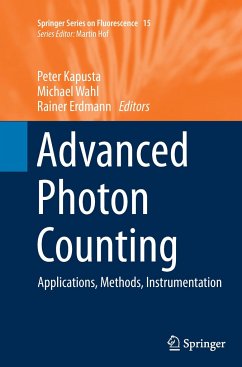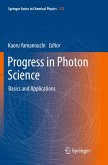This volume focuses on Time-Correlated Single Photon Counting (TCSPC), a powerful tool allowing luminescence lifetime measurements to be made with high temporal resolution, even on single molecules. Combining spectrum and lifetime provides a "fingerprint" for identifying such molecules in the presence of a background. Used together with confocal detection, this permits single-molecule spectroscopy and microscopy in addition to ensemble measurements, opening up an enormous range of hot life science applications such as fluorescence lifetime imaging (FLIM) and measurement of Förster Resonant Energy Transfer (FRET) for the investigation of protein folding and interaction. Several technology-related chapters present both the basics and current state-of-the-art, in particular of TCSPC electronics, photon detectors and lasers. The remaining chapters cover a broad range of applications and methodologies for experiments and data analysis, including the life sciences, defect centers in diamonds, super-resolution microscopy, and optical tomography. The chapters detailing new options arising from the combination of classic TCSPC and fluorescence lifetime with methods based on intensity fluctuation represent a particularly unique highlight.
"The book is quite specialised and will likely be mainly of interest to researchers developing new photon counting techniques, fluorescence-based or not. ... In addition to the constructors of photon counting systems, it could also be useful to some as a reference for comparing results, which could include those working in the life sciences as well as physicists and chemists." (David Birch, Analytical and Bioanalytical Chemistry, Vol. 408, 2016)








